"Nooses Are Not Enough”: One Week Into the Beirut Explosion
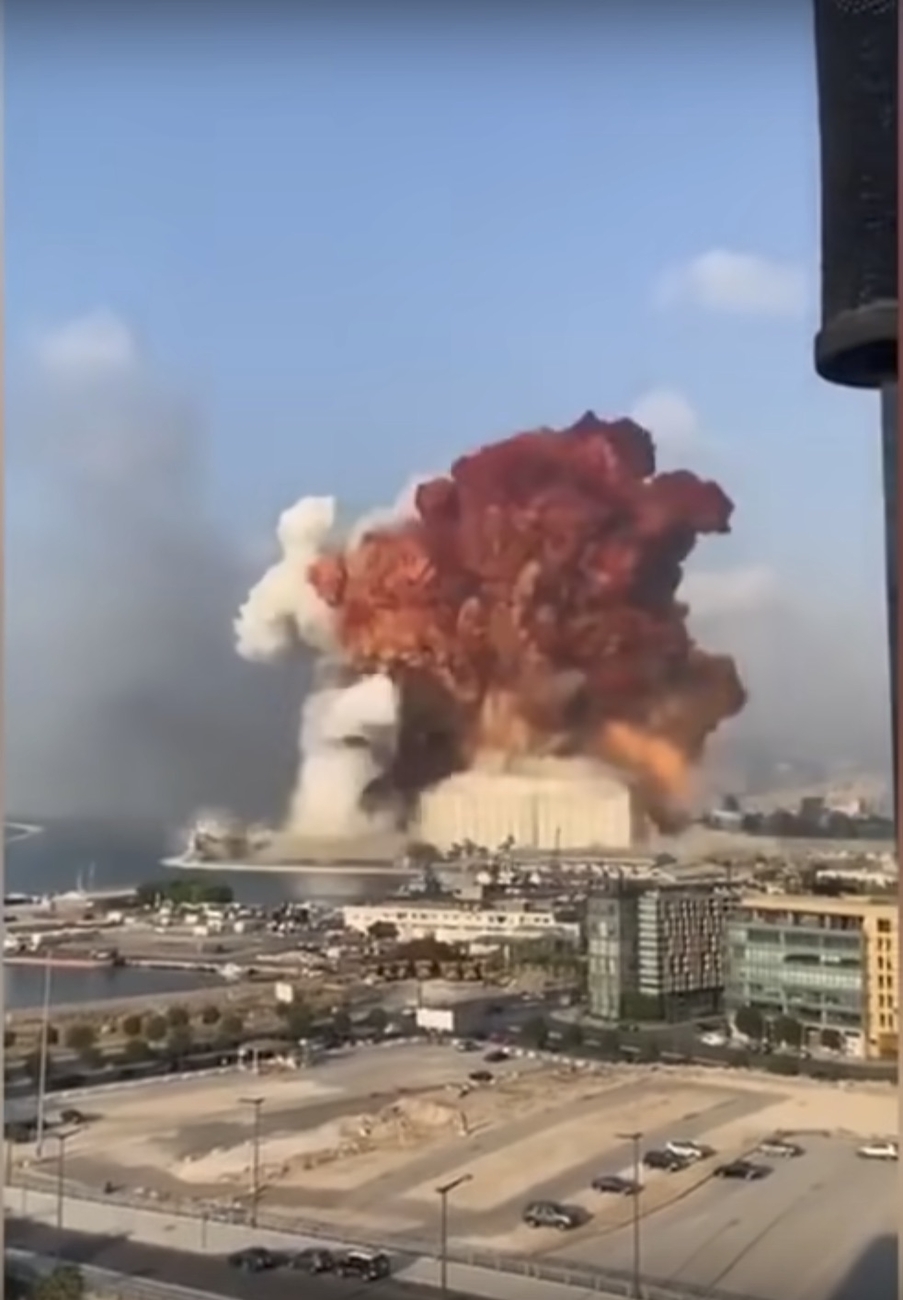
The Catastrophe
DAY 1 – August 4, 2020, at 6:08 pm
Video screenshot (credit not available)
A massive explosion rips through the Port of Beirut, sending shockwaves across the country, reverberating 240 kilometers away. Those who took cover, reel out, stunned at the devastation, wondering if it were an Israeli airstrike, a suicide attack, or a nuclear bomb.
The blast was so powerful that everyone within a 12-kilometer radius felt as if the explosion was right down the street.
Ammonium nitrate, 2,750 tons of it, had been left at Warehouse 12 for six years. Gradually more precarious, the denizens of the city, long subjected to boundless toxicity over many decades, are swallowed up instantly in a spectacular form of violence. Lebanon's oligarchy, notorious for its corruption, gross abuse of power, and nefarious profiteering at their expense, had now committed mass murder.
The Devastation
DAY 2 – August 5, 2020
Photographer: Elsie Haddad
Lebanon is going through an unprecedented economic crisis that has pushed no less than 50 percent of its population into poverty, as prices of food and primary household items skyrocket.
In the middle of a manufactured housing crisis, the blast leaves hundreds of thousands houseless, one-third of them are children. Material damage is reported a dozen kilometers away from the heart of the explosion, but the neighborhoods in its immediate vicinity, including working-class areas like Karantina, are in ruin.
Scripted rhetoric and fabricated tales of assistance aside, the state and its feeble institutions are nowhere to be found.
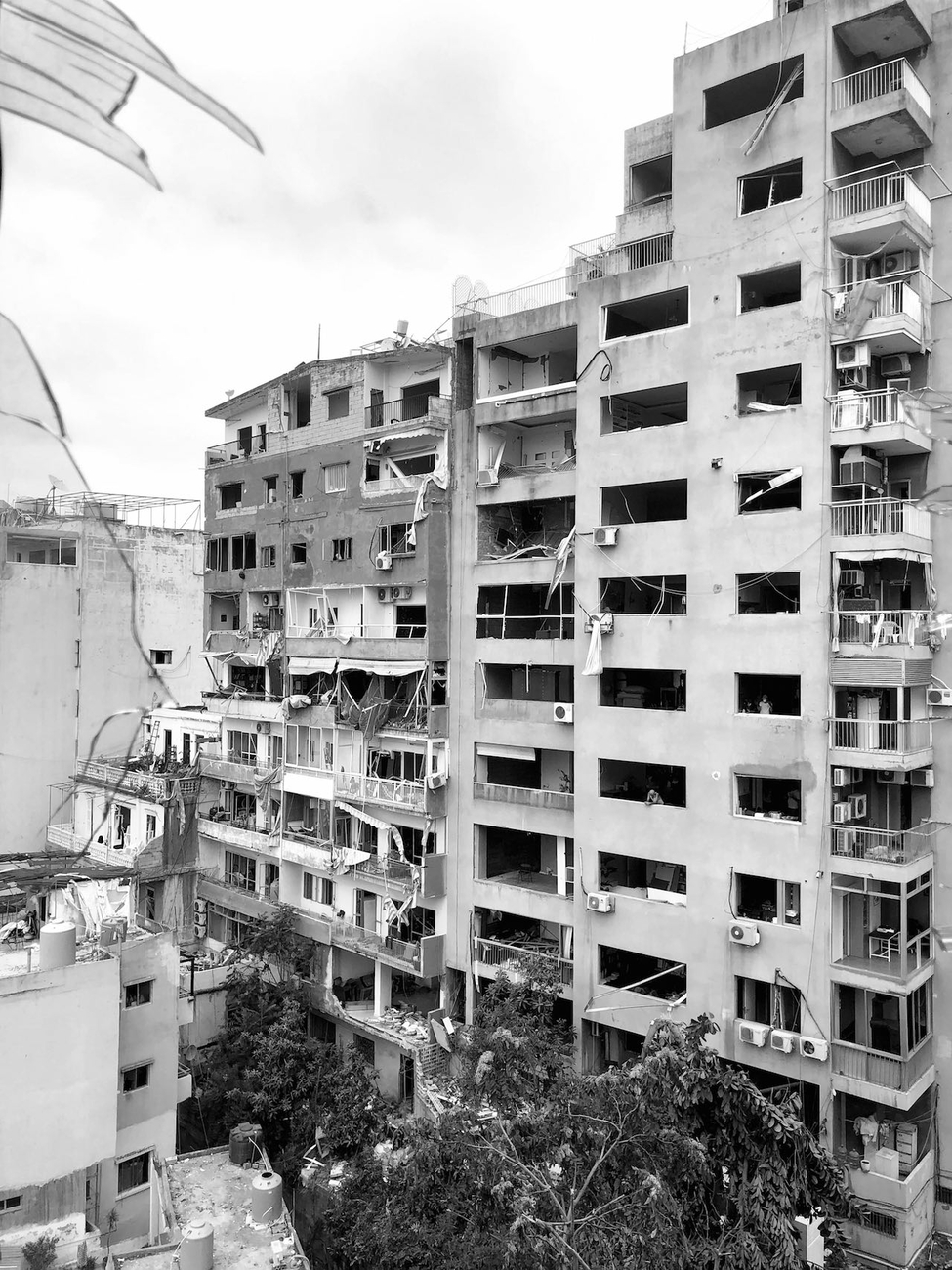
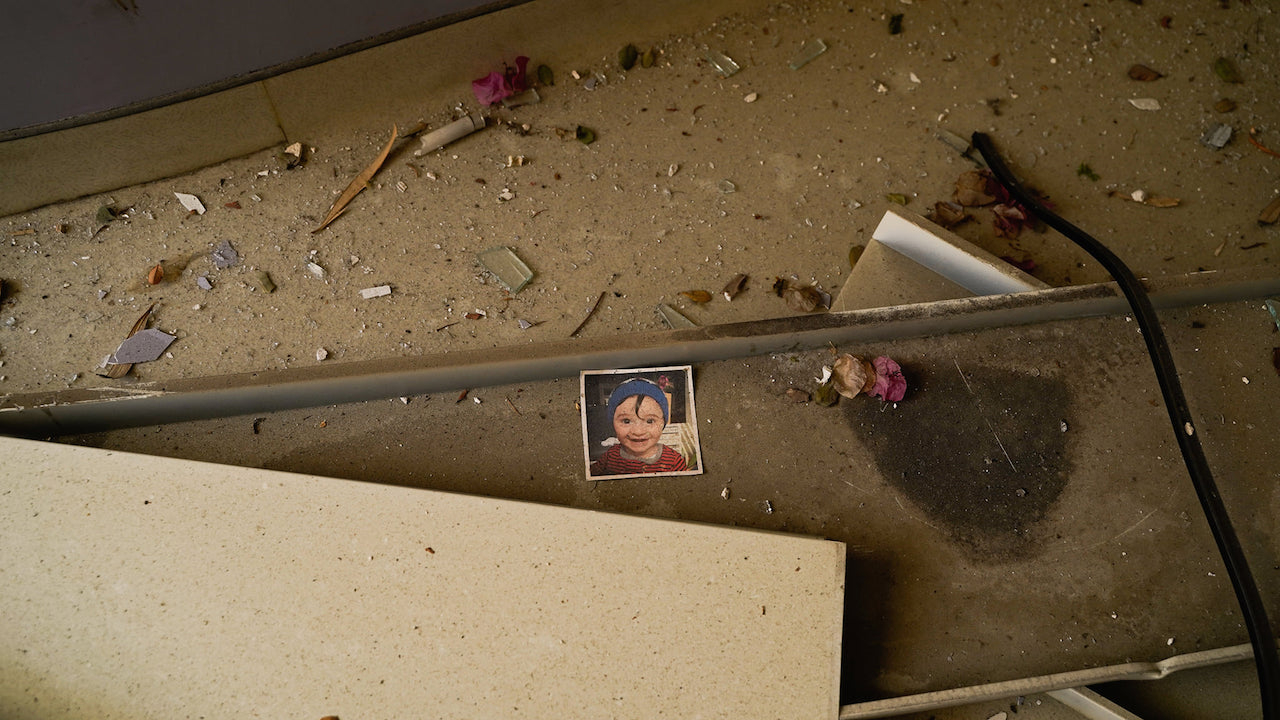
The Victims — Not Martyrs
DAY 3 – August 6, 2020
Photographer: Mohamad Cheblak
The number of victims seems unstoppable: at least 220 dead, 6,000 injured, and 60 disappeared. But the wound is immeasurable and the wounded incalculable. An Instagram page is set up to identify the missing.
As if the global pandemic and shortages in medical supplies weren’t enough, overburdened medical teams in overcrowded hospitals are caught in the frenzy. They set up make-shift operating rooms and work night and day while state forces are deployed to harass and intimidate.
Rescue teams from various countries join the effort; many expect the bodies they will find will most likely be lifeless.
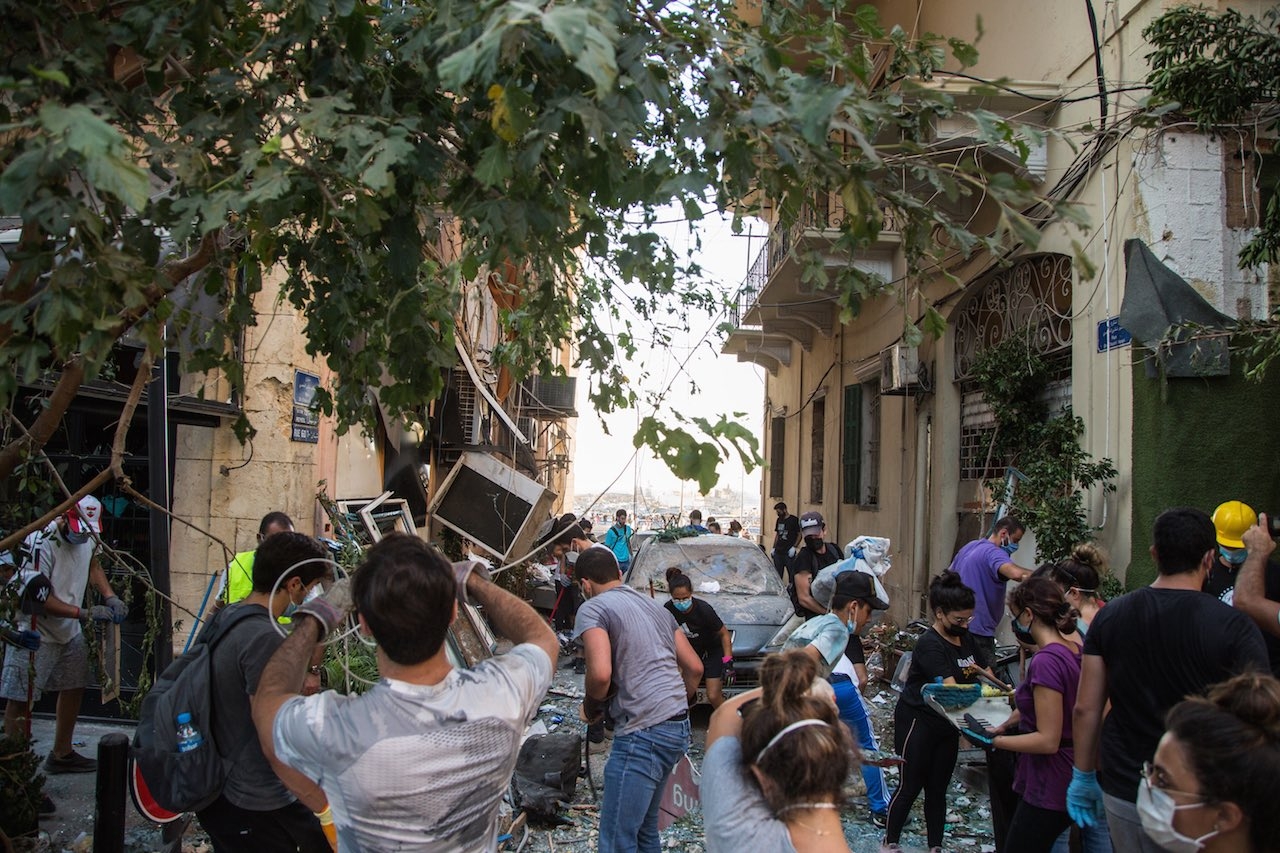
The Debris
DAY 4 – August 7, 2020
Photographer: Rita Kabalan
While the Lebanese army cordoned off the Port of Beirut and its surrounds, community initiatives and local charities clear the rubble in ravaged neighborhoods. Equipped with hardhats, spades and brooms, thousands of civilian volunteers sweep shattered glass and metal, and perform wellness check-ins on residents who may be trapped in their crumbling homes.
The popular neighborhoods of Gemmayzeh and Mar Mikhael are most cared for, while working-class Karantina and Bourj Hammoud are least supported.
Day of Rage. Day of Mourning
DAY 5 – August 8, 2020
Video: Kareem Chehayeb
"Nooses in public squares are not enough." — Zeina Hashem Beck, poet
Bereaved then enraged, the people watch these warlords-turned-government officials adopt a business as usual approach to the carnage — the official day of mourning is disregarded. "Saturday of Revenge," "Day of Rage," "Judgment Day" and other variations of the same day of anger are announced far and wide. Demonstrators flock to Beirut's public squares, gallows on their shoulders.
The time for accountability is long gone; now is the time for vengeance. Mock nooses are set up in Martyrs’ Square with cardboard cutouts of major Lebanese political figures.
Met by riot police and soldiers, mourners are showered with teargas, handled with brute force. The center of the city is turned into a battleground before nightfall. State forces fire rubber bullets, deliberately targeting the upper bodies and faces of protesters. Then they fire live ammunition. The attack goes on for hours on end.
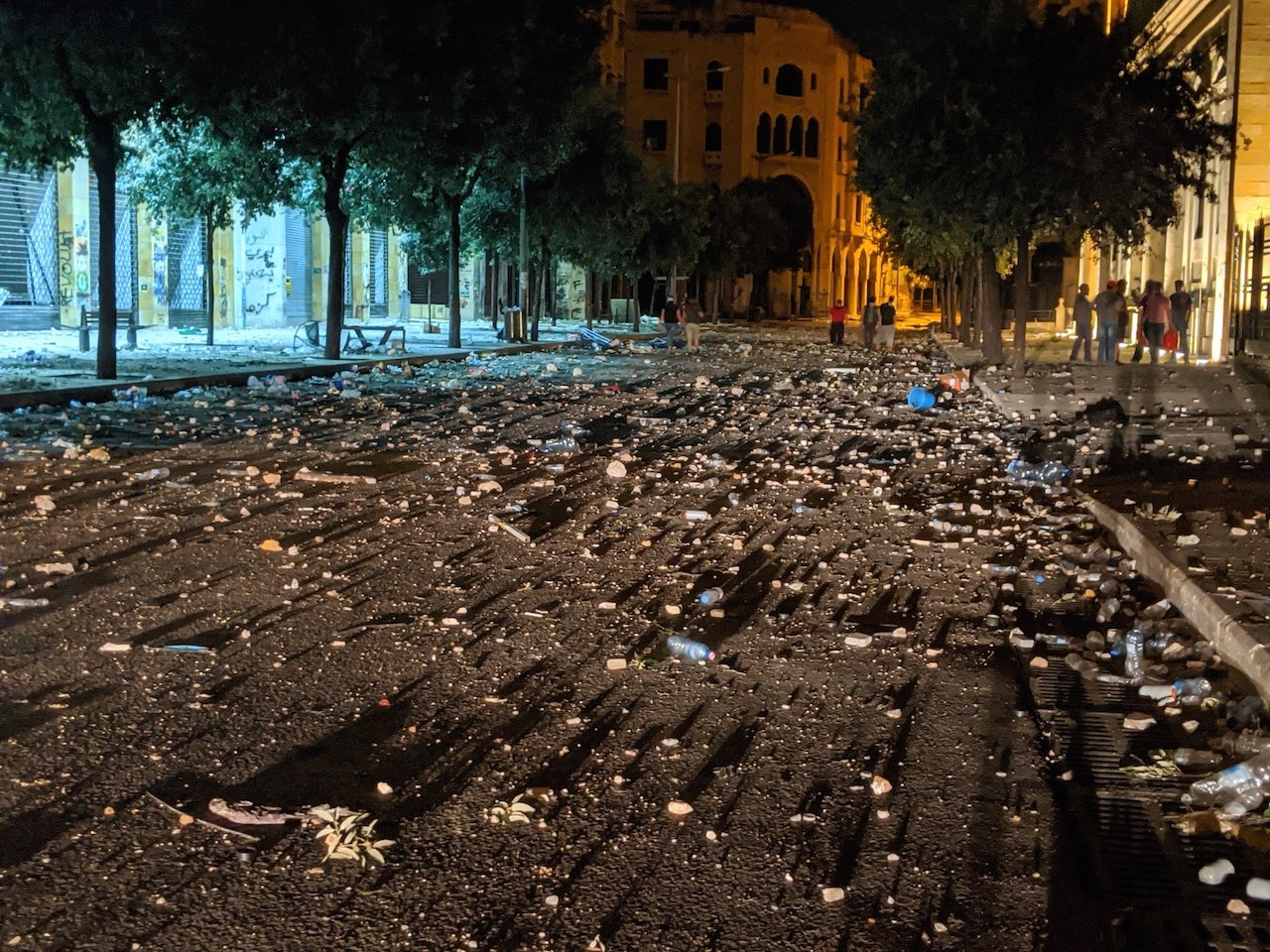
An Expanded Confrontation
Day 6 – August 9, 2020
Photographer: Lara Bitar
"We will drag you over the scattered glass of Beirut." — Alternative media platform Propaganda
As people gather for another demonstration in Martyrs' Square, MP Chamel Roukoz, son-in-law of President Michel Aoun and retired brigadier general, decides to join them. Protestors, following scuffles with Roukoz’ supporters, kick him out and send a clear message to establishment figures masquerading as revolutionary opposition.
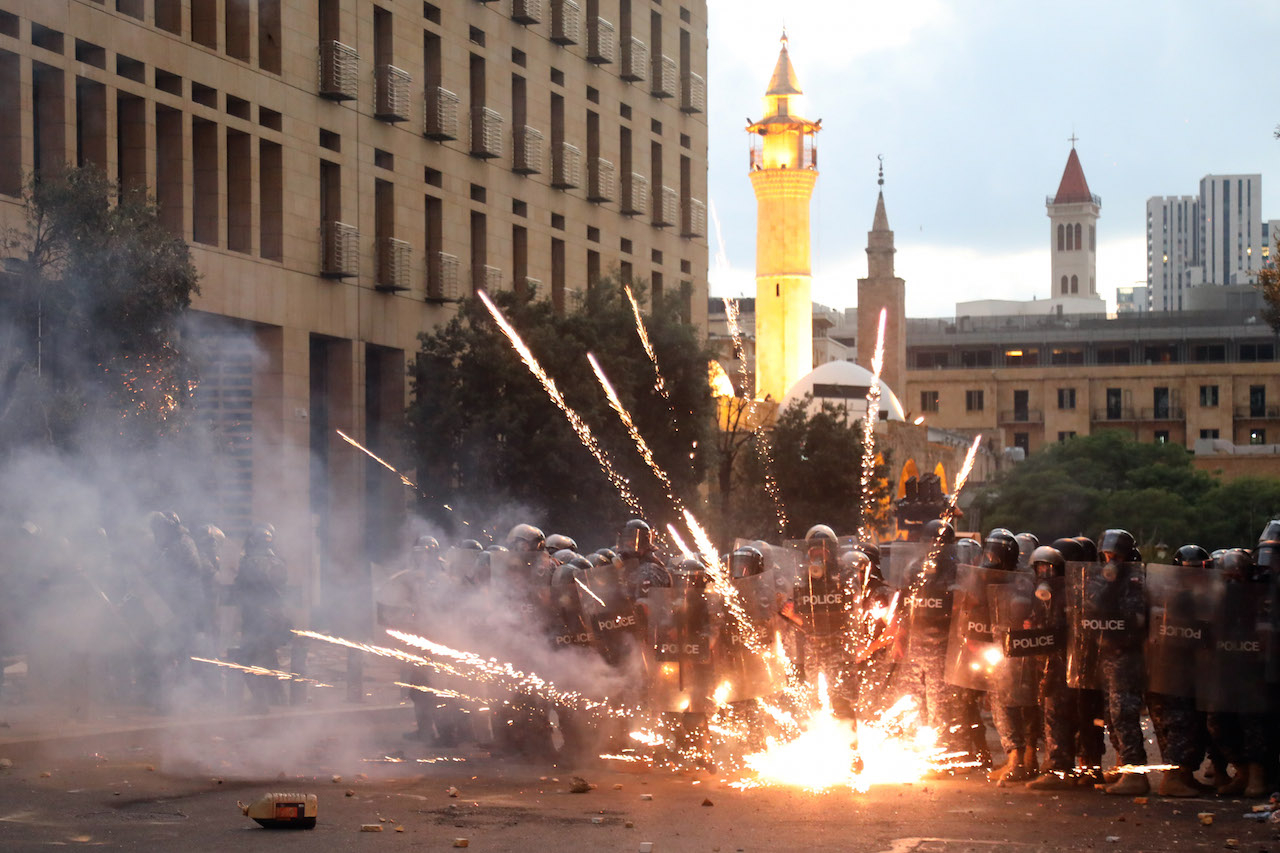
The Resignation
Day 7 – August 10, 2020
Photographer: Hasan Shaaban
At 7:30 pm, a week after the blast, the Cabinet, led by Prime Minister Hasan Diab, resigns at the Presidential Palace.
Blaming corruption for the explosion, Diab affirms that systematic corruption is not only rampant but “greater than the state.” He, himself, however, was seen as an incompetent puppet whose resignation did not even merit a moment of respite for protesters who continued to attempt to break the siege on Parliament while he was speaking on the television.
Lebanon now finds itself at a crucial historical juncture with great potential, but even greater fear.